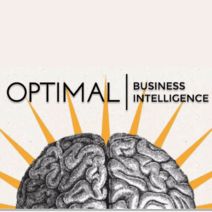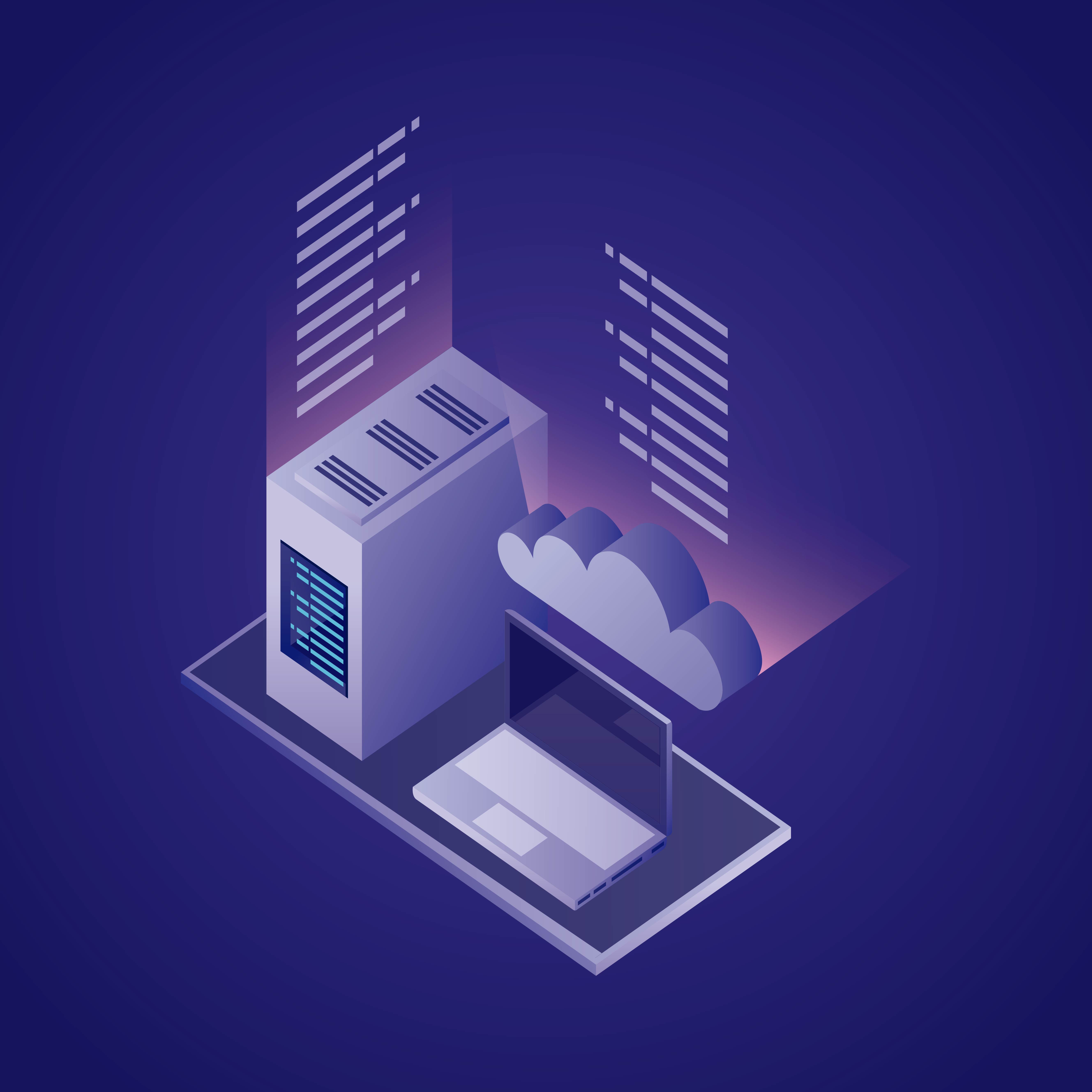
Optimal Data Engine
Everybody talks a different language When we decided to start building ODE we knew a few things already. One of those things was that most of our customers already had data warehousing technology. They had already…
Read moreArticle


The OptimalBI team is thrilled to join the Ackama family, a partnership that promises exciting new opportunities for both teams. For decades, Business Intelligence (BI) was a niche area of IT, focused on extracting valuable meaning from the large amounts of data collected within organisations or companies. However, this landscape has dramatically changed in recent years. We now live in the age of data, where information is collected on an unprecedented scale, and everyone, from individuals to large enterprises, is eager to get useful insights from it.
Many people even within the IT sector never heard about Business Intelligence and about the tools and techniques used for data collection and analysis. However, modern demands increasingly require users to engage with data, create dashboards, perform analyses, and even support the development of AI models. Simultaneously, traditional data warehousing specialists face challenges in keeping in touch with the emerging toolsets that can deliver data insights in new ways and produce faster results. By combining the strength of both OptimalBI and Ackama, sharing knowledge and collaborating closely, we are poised to deliver the best services to our clients.

A Data Warehouse is a system designed to consolidate data from multiple sources, integrate it, prepare it for analytical use, and provides mechanisms for data visualisation and analysis. Historically, only large organisations required data warehouses, so they were reserved for corporate use, and that’s why not many people heard about them. Today, this has changed. Even smaller companies are now generating significant amounts of data and seeking to extract benefits from it. In the past, OptimalBI primarily provided services to large government organisations, utilising complex enterprise Business Intelligence systems like Oracle and SAS. In recent years, there was a growing demand for data analysis from smaller companies and organisations. To adapt, we started offering data solutions that are both appropriately scaled and cost-effective.
The main difference between a database and a data warehouse is the tables’ structure. Databases that power websites or applications are optimised for the efficient capture or retrieval of individual records in minimal time. For example, retrieve a customer’s current account status or record an online purchase, even under the pressure of millions of simultaneous user requests. In contrast, data warehouses are expected to handle complex analytical queries, for example, aggregating historical data for trend analysis, so the delay in response and freshness of the data are more tolerable. To accommodate such distinct requirements, their table structures differ, varying in the degree of data normalisation and redundancy.

Most of the modern data warehouses are now cloud-based. This makes perfect sense, as cloud computing and storage services offer easy scalability up or down to match current demand; and customers are only paying for the resources they consume instead of investing into expensive hardware, like it used to be common in the past. Cloud platforms like Microsoft Azure and AWS have a wide range of tools for data storage, compute, transfer, security and various data manipulations, including Machine Learning. Having all these components within a single ecosystem allows us to create highly-customised and cost-effective solutions for businesses of any size.
One of the main components of Business Intelligence is data visualisation. Various graphs and charts are the most effective ways for the human brain to comprehend data insights and identify patterns. While many tools can generate basic visualisations from any dataset in a few clicks, data visualisation tools from the BI package, like PowerBI and Qlik Sense, offer significantly more. They enable much deeper interaction with datasets, allowing even inexperienced users to get insights and perspectives through the visual analysis and data exploration.

The required skillset for data engineers has evolved in recent years. In the past we relied on enterprise packages that provided graphical interfaces for data collection and transformation pipelines. This approach reduced repeatable coding, minimising the risk or human error, but increased the overall cost of the solution. These days, data engineers write more code, utilising a diverse range of tools and services specifically tailored to a customer’s data size and requirements. With this approach, we are no longer limited by the functionality of the proprietary enterprise software. By joining forces with Ackama, we are excited to create solutions that will seamlessly integrate data analysis and insights within customer’s cloud infrastructure, further enabling advanced AI functionalities.

Everybody talks a different language When we decided to start building ODE we knew a few things already. One of those things was that most of our customers already had data warehousing technology. They had already…
Read more
The Ensemble Logical Model is an enterprise-wide business model which, in an agile way, maps the business concepts within a given organization into an agile and adaptable model. – Remco Broekmans, LLC Author of ‘from Stories to Solutions’…
Read moreSquareweave is now Ackama.

We've merged with New Zealand company Ackama!
We're excited to be working with our Kiwi colleagues to deliver ambitious, purposeful digital products on both sides of the Tasman.
Common Code is now part of Ackama.

We’re now part of Ackama, delivering purposeful technology across the Asia-Pacific.
Together, we’re creating impact across energy, government, international development, and beyond. Delivering pragmatic, innovative solutions where they matter most.